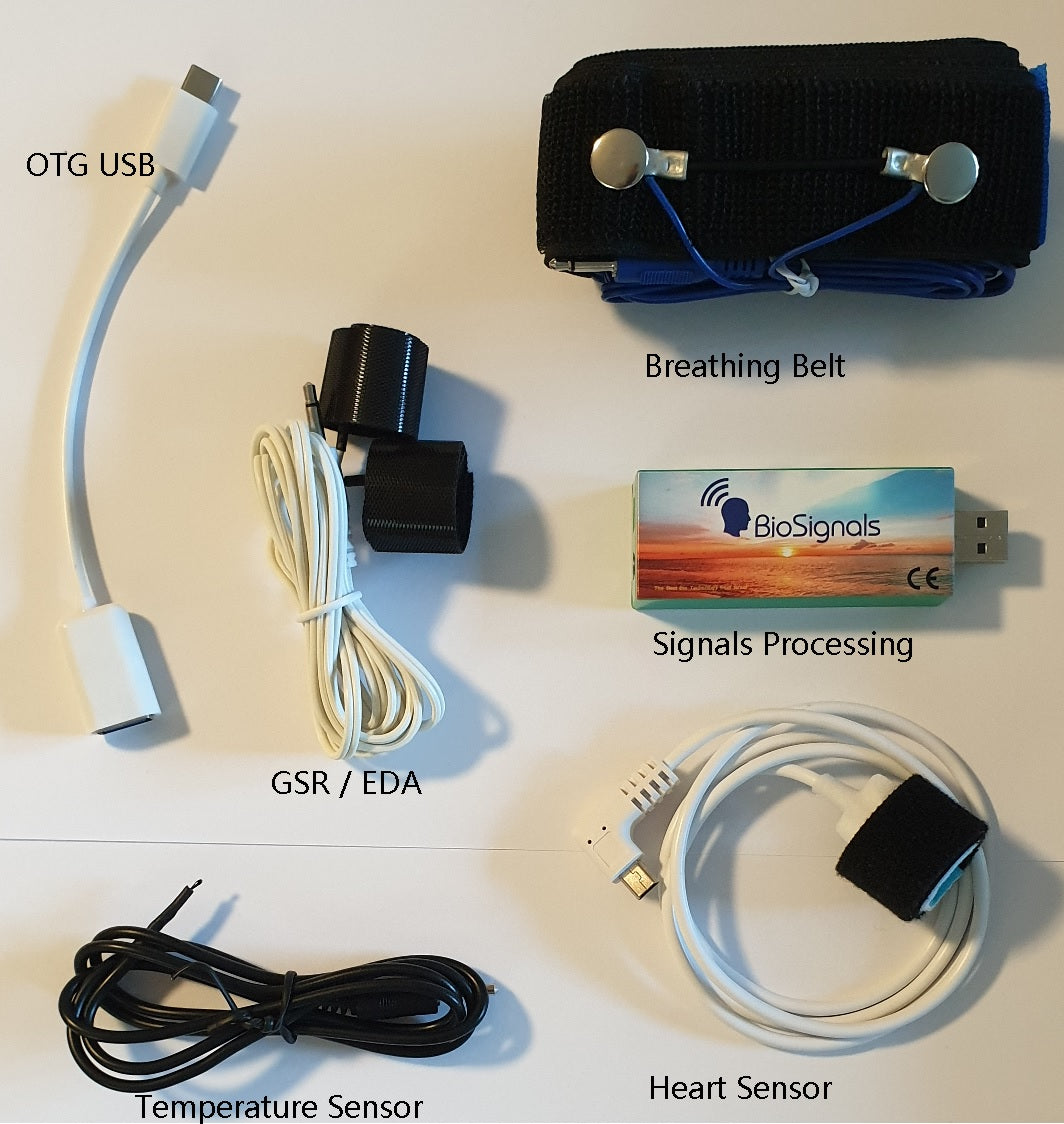Is Polygraph Reliable?
What is a Polygraph Test?
During a polygraph tests, the examiner check and record different body signals which can then be used to determine whether someone is telling a lie. Most signals that measured during the test will be the sweating on the palms, blood pressure, breathing tempo, heart activity, skin temperature and face micro movements. "The polygraph, as a lie detection technique, measures an indirect effect of lying," says Expert, who has expertise in forensic psychology and has researched deception for many years. "There's no human equivalent of Pinocchio's nose affect," He says. "But lying increase stress... and with the right techniques you can measure the behavioral and physiological changes that occur when human being is in stress." The polygraph tests do not measure deception or lying directly, but signs that a person could be deceiving the interviewer.
How the test carried out?
Polygraphs have been used around the world, in all the countries and the technology improves all the same. "There's a fairly long pre-test interview that lasts for about an hour," says expert in this field, who has trained polygraph examiners in one of the European counties. "This focuses the individual on the questions they're going to be asked and tries to remove any outside distractions."This is followed by a practice test, which usually involves several straightforward questions. The aim is to relax the individual, so they are comfortable and able to understand how the process works. "There are no surprise questions because that in itself will trigger a response," the expert says. "What you're going to be asked is known." The polygraph sensors then attached to the body. "There may be something that's put on the tip of the finger that records blood flow and we also use something called a movement detector which is on the seat and picks up if you're trying to beat the test," the expert explains. "You'll probably be attached to the equipment for 10-15 minutes, but you'll be in the room for about two hours," he says. Interviewers ask several control questions during the test and then compare the responses to the key questions. It finishes with a post-test interview, where the person will be able to explain any responses they showed.
Can a person cheat?
Yes, according to the experts. "There's no question that you can beat a polygraph test, but you really need the training to do it," says the expert. "You see websites telling you how to, but the reality is if you just go in and take a polygraph while hoping to beat it then you're not going to." The expert says that it requires sitting down and practicing with a trained examiner. But for those who don't have a qualified questioner to hand - what methods can work? "You might put a tack in your shoe which will cause, for example, a big increase in your sweating response," the expert says. "Any sort of muscular activity or movement because you need to sit still." "There are various drugs that people try but they tend not to be successful," he adds. But he cautions that most examiners will be able to spot any covert attempt to beat the test.
So is it work?
The credibility of the polygraph was challenged almost as soon as it was invented 100 years ago, and there is much debate about its accuracy. Some experts say the fundamental premise is flawed. "It does not measure deception, which is the core problem," says the expert, who has written extensively on the subject. "The idea is that liars will show increased arousal when answering the key questions, whereas truth tellers will not. "But there is no sound theory to back this up." Another expert says that, because taking a lie detector test can be a stressful experience, it can sometimes present innocent people as guilty. "People being interviewed with a polygraph are likely to feel stressed. So, whilst the polygraph is quite good at identifying lies, it is not very good at identifying truths," she says. The expert says there are a number of different reasons why a test may be inaccurate. These include the questions being poorly formulated and the interviewer misreading the results. "If the examiner is well-trained, if the test is properly carried out, and if there's proper quality controls, the accuracy is estimated between 80%-90%," he says, adding that this is higher than the average person's ability to tell if someone is lying. However, he says that interviewing victims presents a separate problem. "Testing victims is a whole different ball game because of the nature of what they're being asked about, you would expect a lot of arousal anyway," he says. This means a victim, especially one recounting a traumatic experience, may appear as if they are lying because they are in an emotional state. Ultimately, experts say there are many caveats to polygraphs and several different factors which can lead to an inaccurate result.



